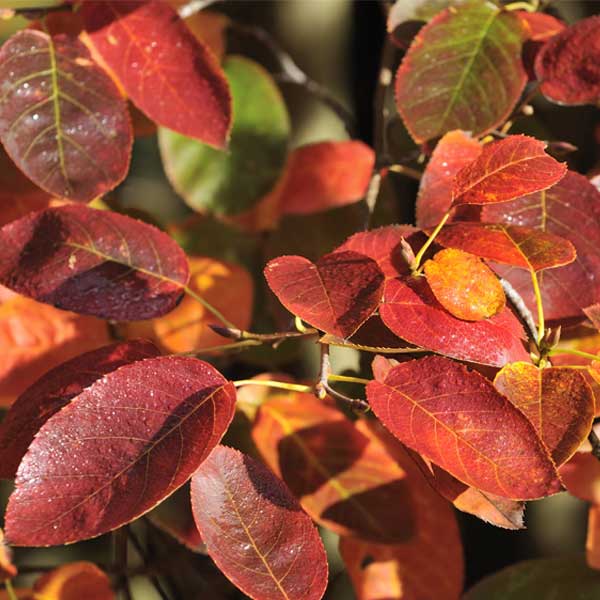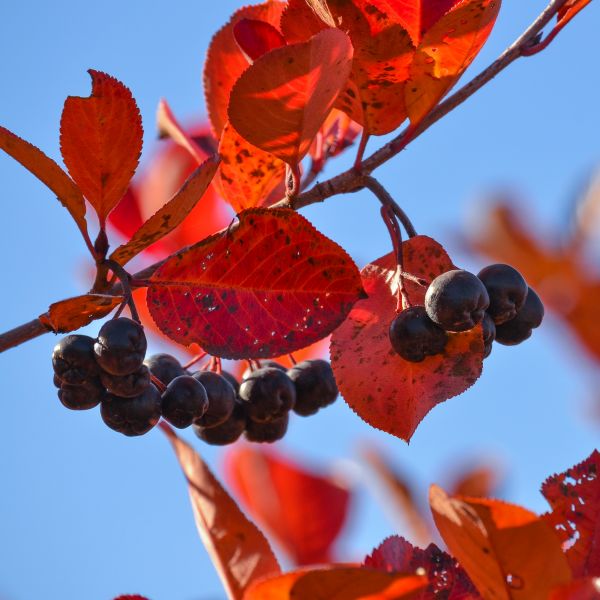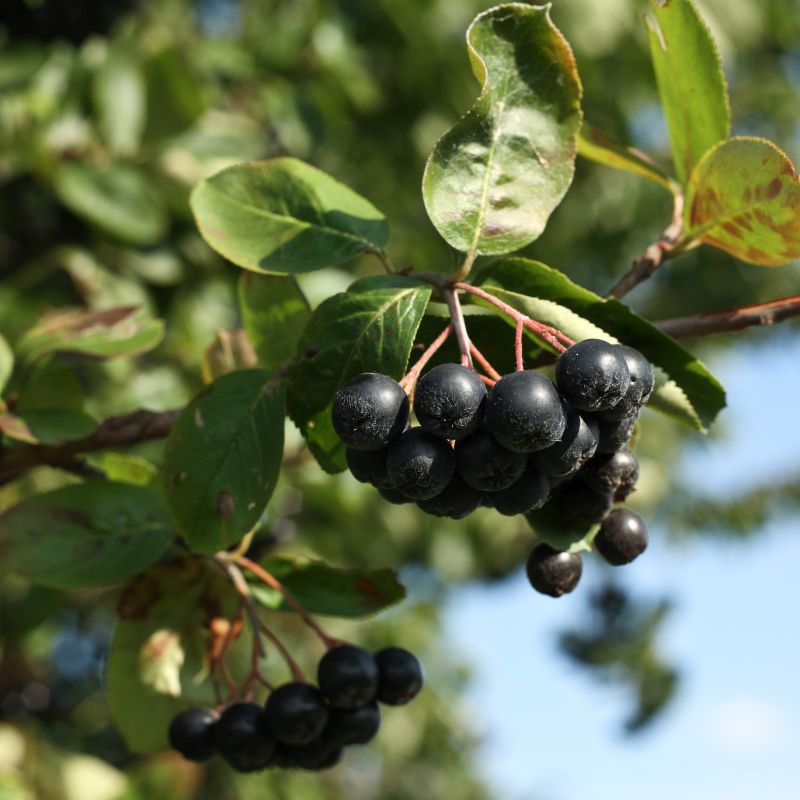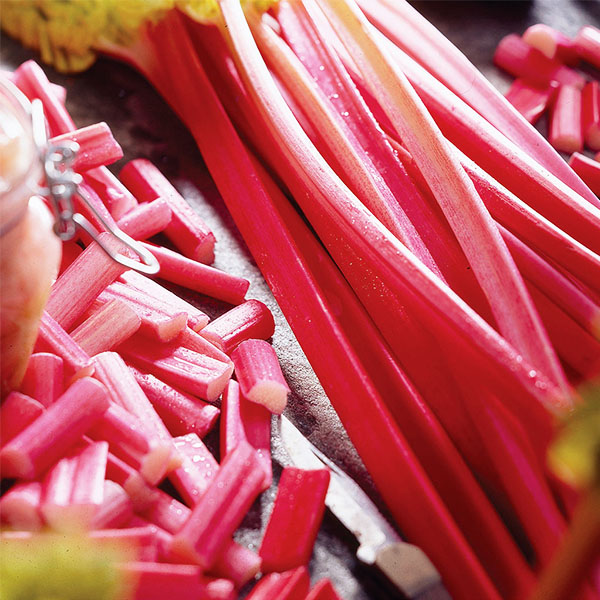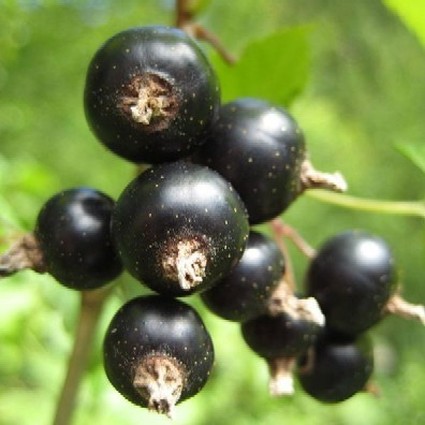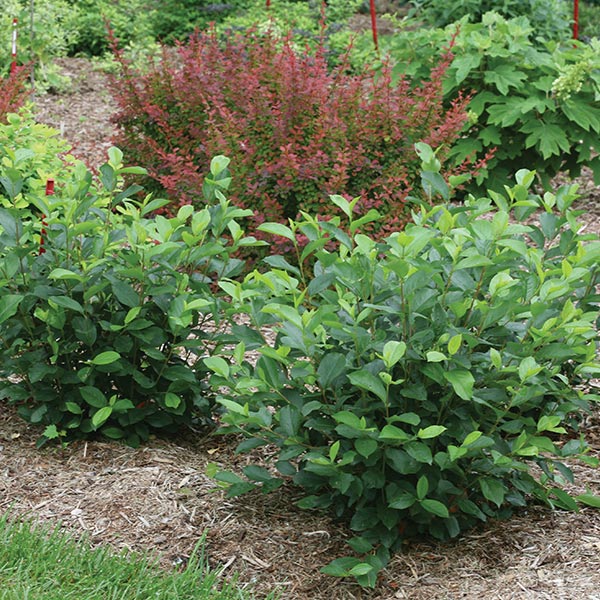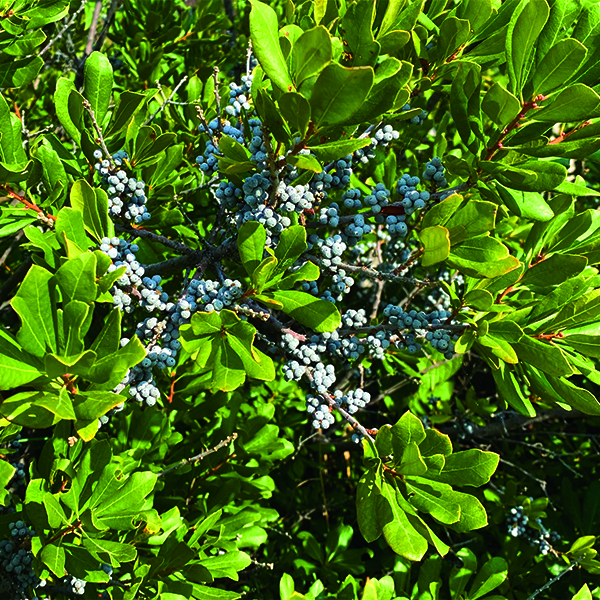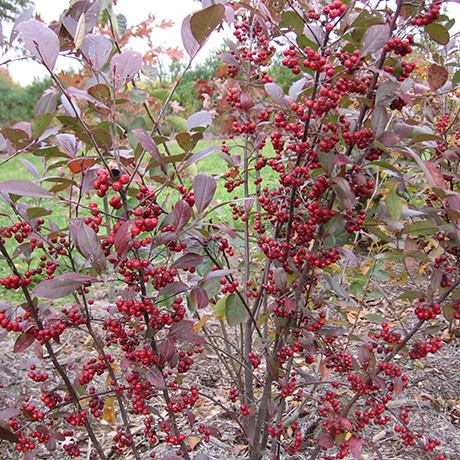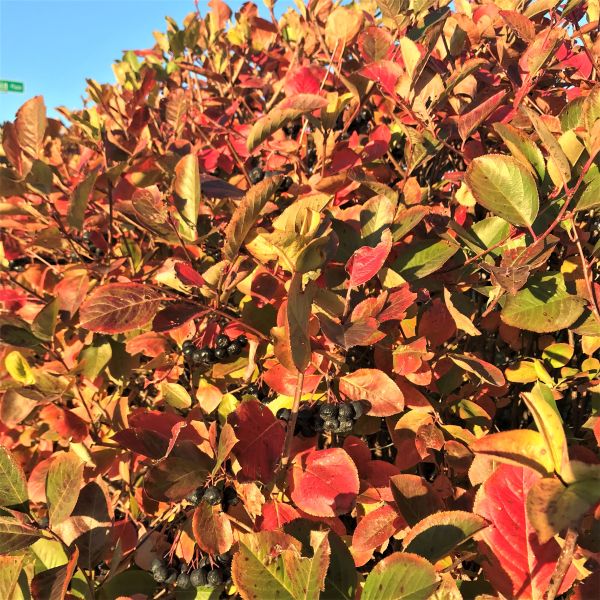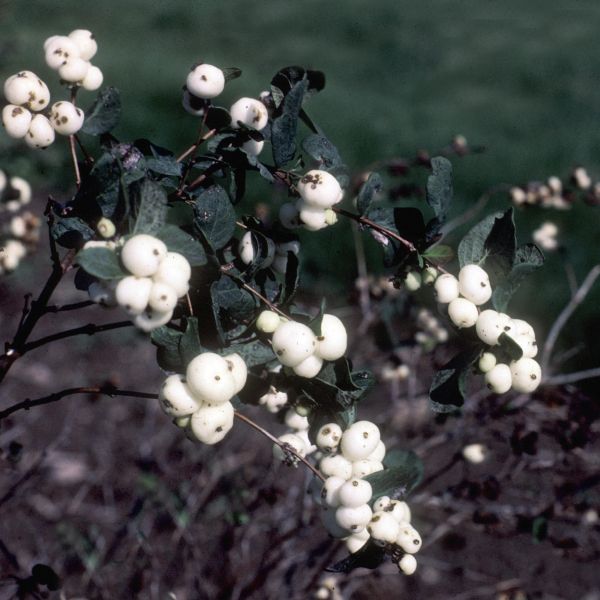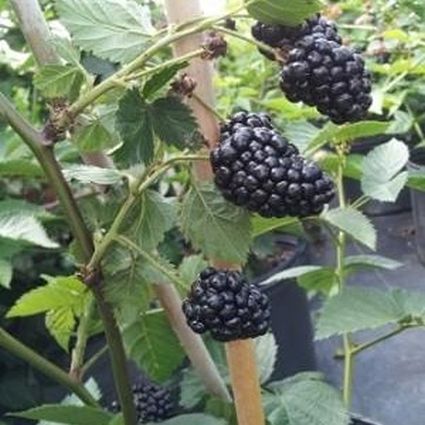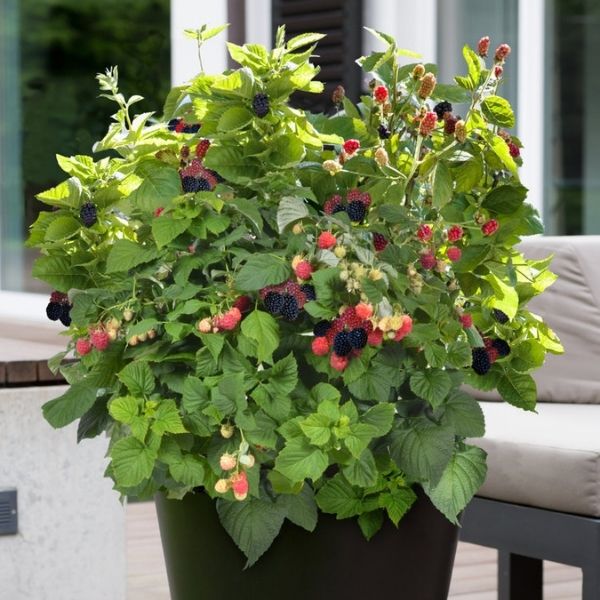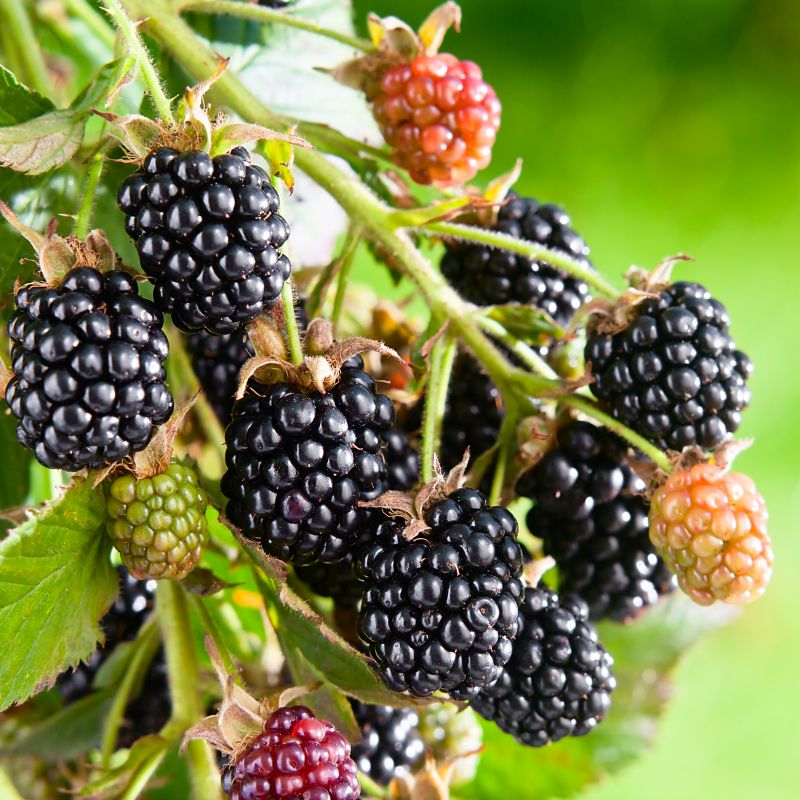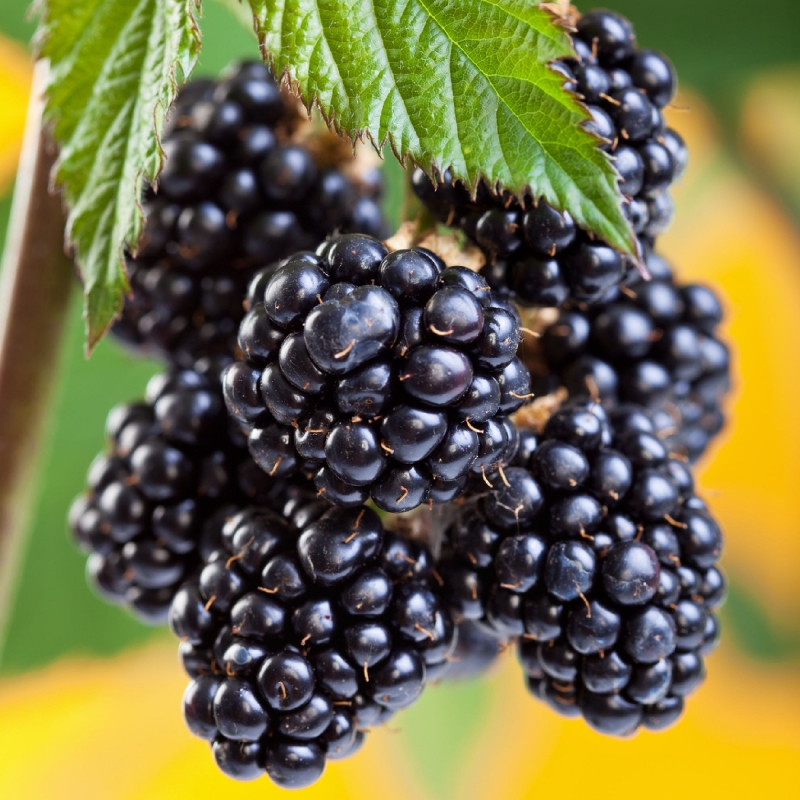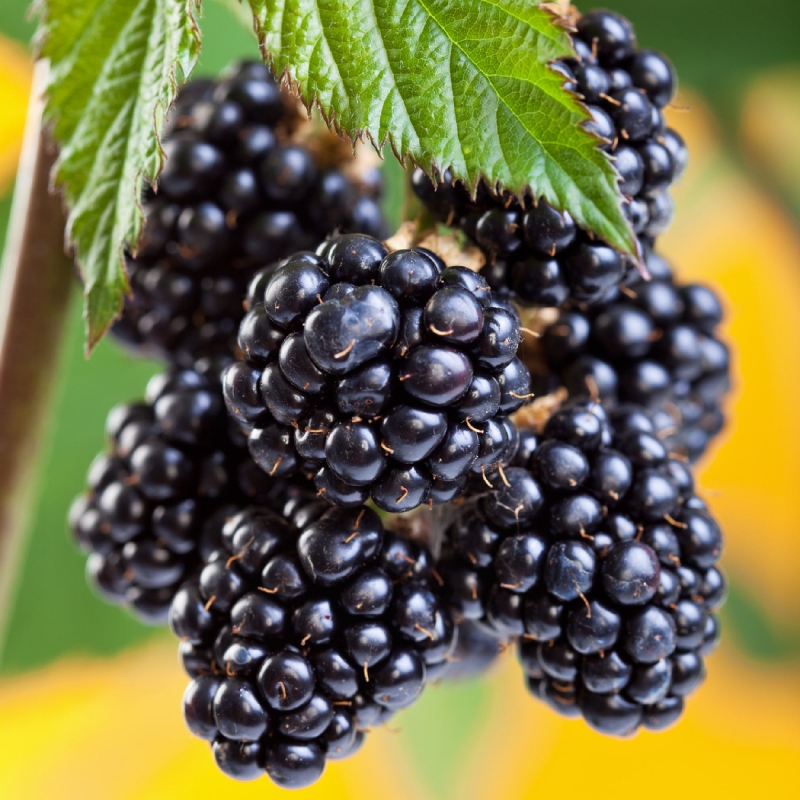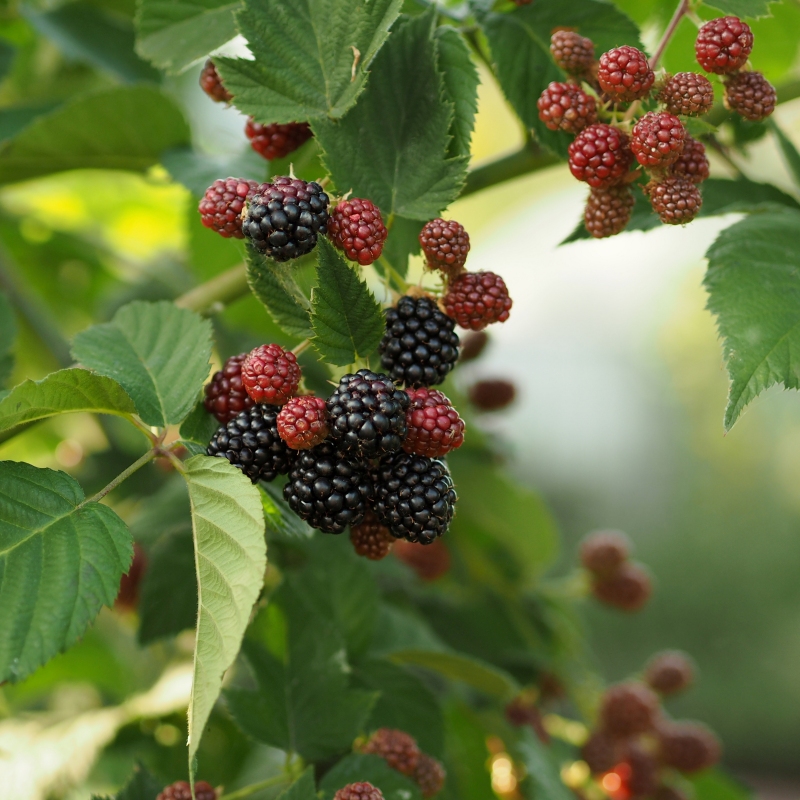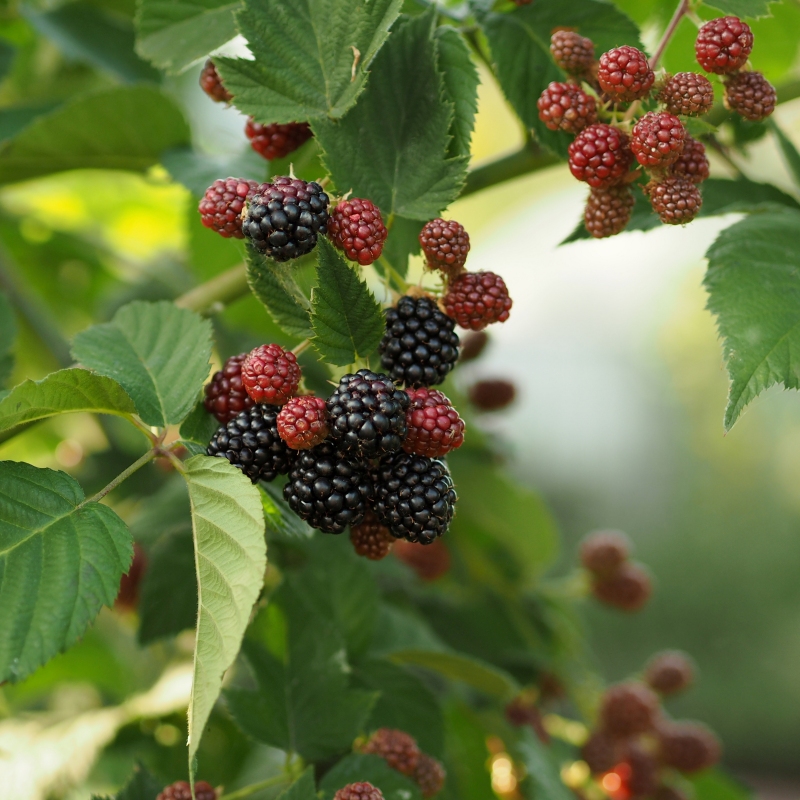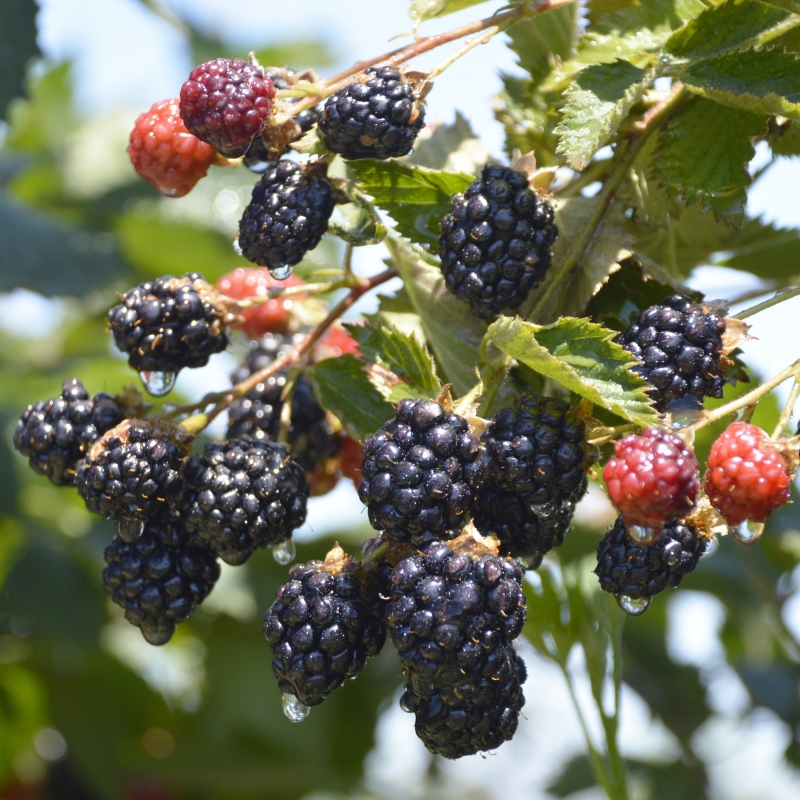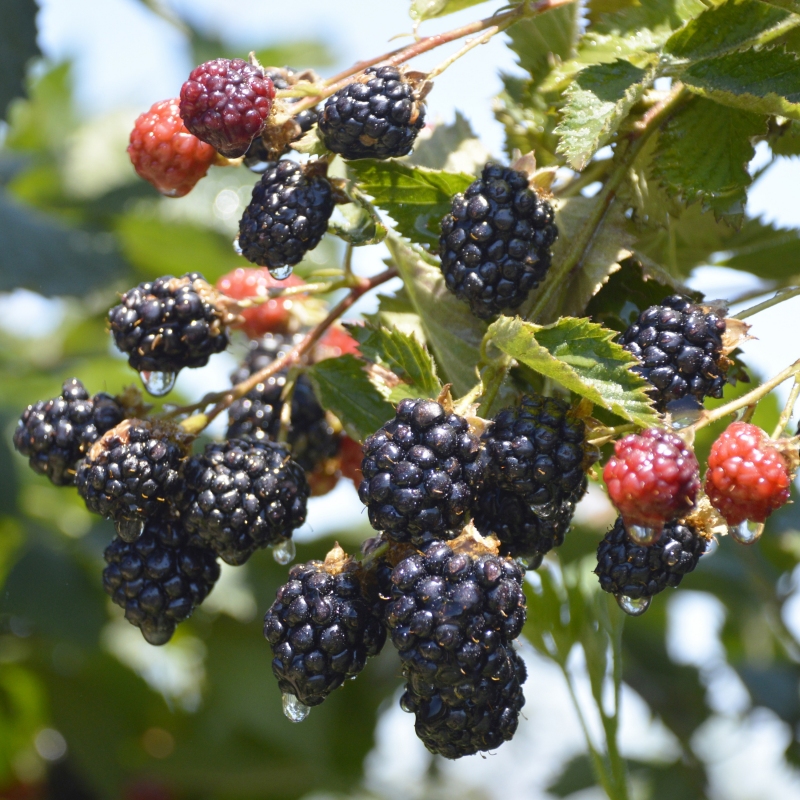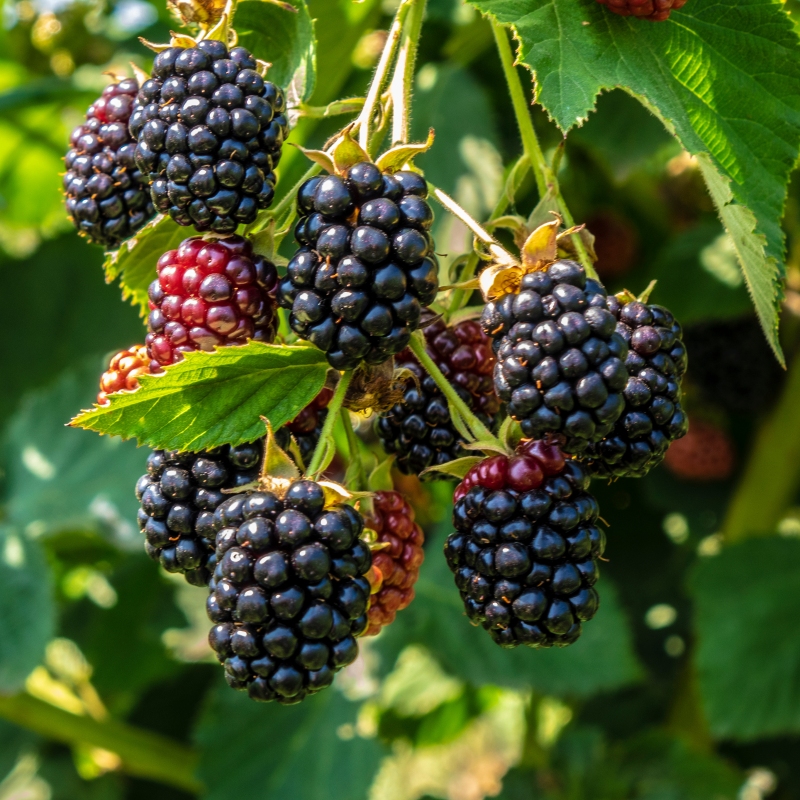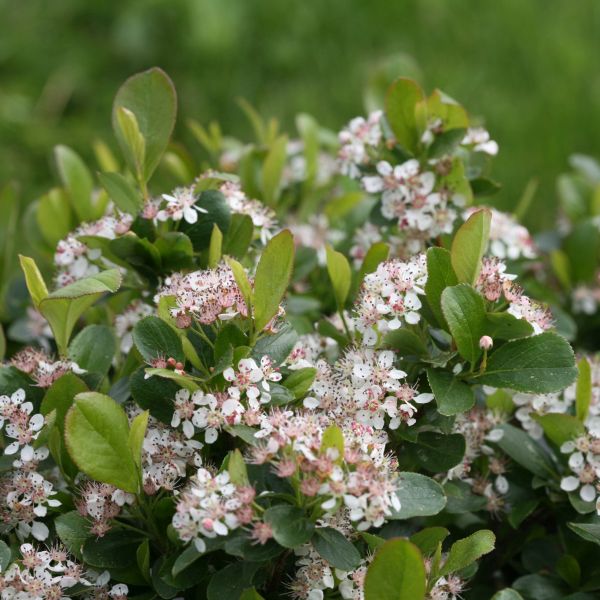

Low Scape Mound Chokeberry
Aronia melanocarpa 'UCONNAM165'
18 reviews
Low Scape Mound Chokeberry
Aronia melanocarpa 'UCONNAM165'
18 reviews
- Compact size ideal for small yards or urban gardens
- Attractive white flowers in spring and dark purple fruit in fall
- Tolerant of a wide range of soil types and conditions
- Recommended by landscape designers for optimal fit in real yards
$87.00
$125.00
30% Off
- Ships to 43215 in 3 to 7 days
- Free Shipping Over $150
- Plant Arrival Guarantee
- In Stock
- Free Plant Consult
$200 - Landscape-Approved: Every Plant We Sell Comes With Design Expertise Behind It
2.5 Gallon
Not just beautiful - intentionally selected by ShrubHub's 3D landscape design team to fit real-world spaces and maximize yard potential.
Why Low Scape Mound Chokeberry?
Low Scape Mound Chokeberry is a compact and easy-to-grow shrub that produces an abundance of black, edible fruit in late summer. It has glossy green foliage that turns red in the fall and is resistant to many common plant diseases. This cultivar of Aronia melanocarpa is perfect for small gardens or as a low border plant. Its mature height is 1-2 feet and it thrives in full sun or partial shade.
People who loved this plant also bought
Sunlight
Low Scape Mound Chokeberry requires full sun for optimal growth.
Watering
Low Scape Mound Chokeberry has a moderate watering requirement.
Fertilizing
Low Scape Mound Chokeberry requires a well-drained soil with a moderate fertility level. Adding compost or a balanced slow-release fertilizer during planting is sufficient, and additional fertilization is generally not necessary for this hardy shrub.
Low Scape Mound Chokeberry is a beloved selection of black chokeberry (Aronia melanocarpa) with a dense, mound-forming habit. Native to North America, it is a tough and versatile election that combines all the favorite characteristics of black chokeberry in a low-growing, mounding shrub.
With glossy green foliage that turns brilliant red foliage in the fall, clusters of dainty white flowers, adorned red-purple antlers, and dark purple-black fruit, it's easy to see why this native shrub is so loved as an edging plant, ground cover, in mass planting, or even as a small specimen plant. It only reaches up 2 feet tall, making it a quite low-growing groundcover shrub, but is still very favored for all its aesthetical features.
The dark purple fruit of Low Scape Mound Chokeberry is edible. It's quite tart and astringent, so it's more commonly used to make jams, jellies, syrups, and other recipes.
Low Scape Mound Chokeberry is also a highly adaptable shrub that can tolerate a wide range of conditions, managing well in either hot or cold climates. It is winter hardy in USDA growing zones 3-9. And it's very low maintenance.
It tolerates either wet or dry soils, but the best for it is well-drained soil. As for light exposure, the biggest bloom of white flowers and the best production of its dark purple fruit happen in the full sun.
It can, however, tolerate partial shade, which might be favorable in extremely hot areas. It doesn't require pruning, but you can remove root suckers to prevent colonial spread.
Low Scape Mound Chokeberry is a great addition to any landscape. Order yours now from Shrubhub to ensure you'll receive your shrub in the best shape possible.
Plant Information:
| Botanical Name: | Aronia melanocarpa 'UCONNAM165' |
| USDA Zones: | 3 - 9 |
| Water: | Highly Adaptable |
| Exposure: | Full Sun |
| Soil Needs: | Adaptable |
| Mature Height: | 1 - 2 feet |
| Mature Spread: | 1 - 2 feet |

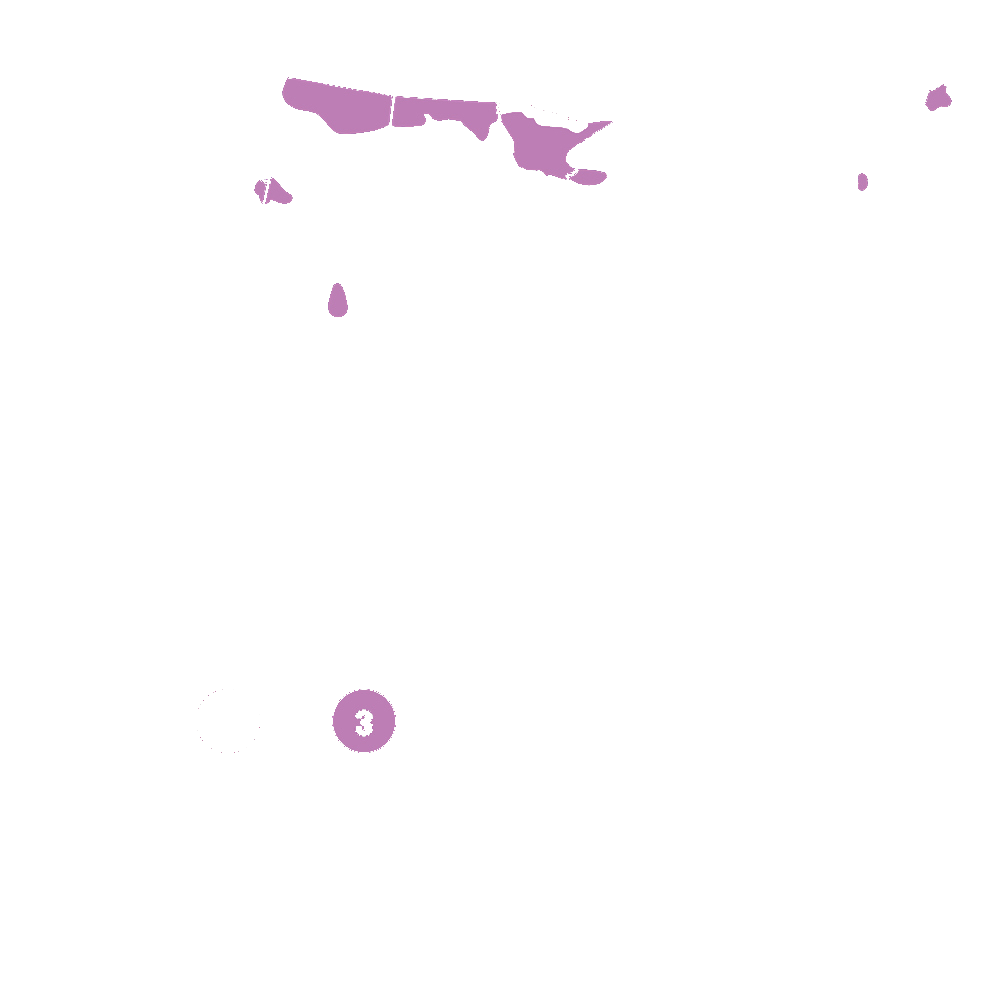






Pollination Info
Pollination Information for Low Scape Mound Chokeberry
Low Scape Mound Chokeberry (Aronia melanocarpa 'UCONNAM165') is a self-fertile shrub, meaning that it can produce fruit on its own without needing another plant nearby for pollination. However, having another variety of chokeberry nearby can increase the yield and quality of fruit production.
The flowers of Low Scape Mound Chokeberry are pollinated by bees, butterflies, and other insects. The flowers have both male and female reproductive structures, allowing for self-pollination or cross-pollination with other chokeberry plants.
If you are interested in increasing the fruit yield of your Low Scape Mound Chokeberry, consider planting another variety of chokeberry nearby. Some recommended varieties for cross-pollination include Viking, Nero, and McKenzie.
It is also important to provide a habitat for pollinators in your garden, such as planting native wildflowers or providing a nesting site for bees. This will help to ensure healthy pollination and the continued success of your chokeberry shrubs.
FAQ
Low Scape Mound Chokeberry (Aronia melanocarpa 'UCONNAM165') FAQ
1. What is the Low Scape Mound Chokeberry?
The Low Scape Mound Chokeberry (Aronia melanocarpa 'UCONNAM165') is a compact and ornamental shrub that produces large, dark berries in the fall. It is a member of the Rosaceae family and is native to North America.
2. How tall and wide does the Low Scape Mound Chokeberry grow?
The Low Scape Mound Chokeberry grows up to 2-3 feet tall and up to 3-4 feet wide.
3. When does the Low Scape Mound Chokeberry bloom?
The Low Scape Mound Chokeberry blooms in late spring and early summer, producing clusters of small white to pink flowers.
4. When do the berries on the Low Scape Mound Chokeberry ripen?
The berries on the Low Scape Mound Chokeberry ripen in the fall, turning from green to a dark purple-black color.
5. Does the Low Scape Mound Chokeberry require pruning?
The Low Scape Mound Chokeberry does not require pruning, but can be pruned in the late winter or early spring to maintain its shape and size.
6. What is the best location and soil for planting the Low Scape Mound Chokeberry?
The Low Scape Mound Chokeberry prefers full sun to partial shade and well-drained soil. It can tolerate a wide range of soil types, including clay and sandy soils.
7. What are some common uses for the Low Scape Mound Chokeberry?
The Low Scape Mound Chokeberry is commonly used as a landscape plant for its compact size and attractive foliage. Its berries can also be used for making jams, jellies, and other culinary creations.
8. Is the Low Scape Mound Chokeberry disease-resistant?
The Low Scape Mound Chokeberry is disease-resistant and tolerant of deer browse.
9. How often should the Low Scape Mound Chokeberry be watered?
The Low Scape Mound Chokeberry should be watered deeply once a week, especially during periods of drought.
10. How do I propagate the Low Scape Mound Chokeberry?
The Low Scape Mound Chokeberry can be propagated through softwood cuttings taken in the early summer or hardwood cuttings taken in the late fall or winter.
Planting & Care
Planting Low Scape Mound Chokeberry
Low Scape Mound Chokeberry should be planted in a location that receives full sun to partial shade. The soil should be moist, well-draining, and have a pH level between 5.5 and 7.0. Here are the steps for planting:
- Choose a site with good drainage and enough space for the plant to grow to its full size.
- Dig a hole as deep and twice as wide as the root ball.
- Place the plant in the hole, ensuring that the top of the root ball is level with the soil surface.
- Backfill the hole with soil, and tamp it down gently to remove air pockets.
- Water the plant thoroughly.
Care for Low Scape Mound Chokeberry
Low Scape Mound Chokeberry is a low-maintenance plant that requires very little care. However, here are some tips to help keep it healthy:
- Water the plant regularly, especially during dry spells, to keep the soil moist.
- Fertilize the plant with a slow-release, balanced fertilizer in the early spring.
- Prune the plant in late winter or early spring to remove any dead or damaged branches, and to shape the plant if desired.
- Monitor the plant for signs of pests and disease, and treat them promptly if necessary.
Check Out These Verified Customer Reviews:
Customer Reviews
4.7 out of 5 based on 18 reviews
Thank you! Your review has been submitted.
The Low Scape Mound Chokeberry looks beautiful in my garden. I love the compact size and vibrant foliage.
The Low Scape Mound Chokeberry exceeded my expectations. It's a low-maintenance yet stunning plant.
The plant arrived in perfect condition, well-packaged and healthy. It's thriving in my yard.
Item has been added to your cart.



